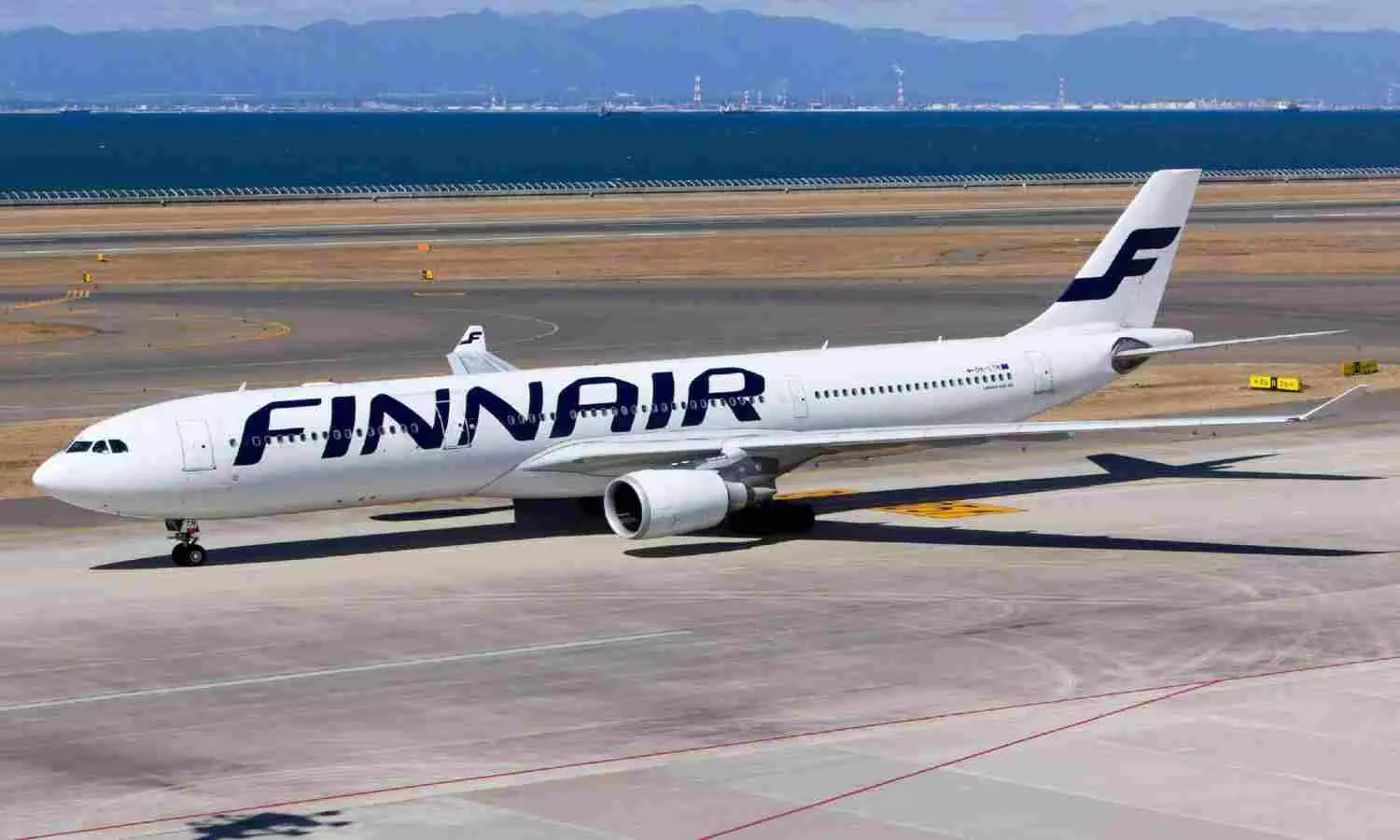
Cargo capacity increased by 51 percent: Finnair May 2022 report
In much of May, there was a noticeable improvement. Passenger traffic data increased year over year and even month over month, indicating ongoing robust cargo performance.

Overall capacity climbed by 542.4% year-on-year and 5.0% month on month in May, as measured in Available Seat Kilometres
The demand for cargo capacity remained strong in May, with total cargo tonnes increasing by 51.1% year-on-year and 2.6% month-on-month.
Despite the Russian airspace restriction, most freight counts improved year-on-year in May, although remained closer to April 2022 levels.
Increase in cargo volume
Available scheduled cargo tonne kilometres increased by 341.5% year on year (up 5.6% month on month), while revenue scheduled cargo tonne kilometres increased by 248.6% (up 9.9% month on month), both as a result of the impact of the COVID-19 pandemic on scheduled flights, particularly in North Atlantic and Asian traffic, in May 2021.
Cargo-related available tonne kilometres climbed by 67.9% year-on-year (but declined by 0.2% month-on-month), while revenue tonne kilometres increased by 31.0%. (increased by 2.0% month-on-month).
Overall capacity climbed by 542.4% year-on-year and 5.0% month on month in May, as measured in Available Seat Kilometres (ASK). Finnair conducted 261 daily flights on average (cargo-only), 301.5% greater than in May 2021 and 10.6% more than in April 2022.
Asian traffic increased by 185.6% year-on-year. Finnair resumed North Atlantic passenger operations in March 2021 with flights from Helsinki to New York, and only this route was flown in May 2021, but Finnair ran to several US cities from both Finland and Sweden in May 2022.
As a result, North Atlantic capacity grew by 3,063.3% year-on-year. ASKs increased by 785.5% in European traffic. In domestic traffic, ASKs climbed by 299.0%.
RPKs climbed by 1,232.8% in Asian traffic, 7,050.0% in North Atlantic traffic for the same reasons, 1,141.7% in European traffic, and 280.3% in domestic traffic year-on-year.
Although the PLF was 55.0% in Asian traffic and 51.2% in North Atlantic traffic, both were backed by excellent cargo operations. In European traffic, the PLF was 69.5%, while in domestic traffic, it was 66.6%.
Passenger traffic
The discrepancies in capacity estimates between now and May 2021 are explained by the longer average stage duration of flights and the bigger gauge of aircraft used. Finnair's traffic climbed by 1,269.9% year-on-year and 9.0% month-on-month, as measured in Revenue Passenger Kilometres (RPKs). The Passenger Load Factor (PLF) rose by 32.8% year-on-year and 2.3% month-on-month to 61.8%.
Passenger numbers climbed by 1,198.4% in Asian traffic, 6,318.4% in North Atlantic travel for the same reasons, 971.3% in European traffic, and 335.5% in domestic traffic year-on-year. In May, 86.2% of all Finnair flights were on time (94.9%).
"Thanks to robust demand for cargo, Finnair, however, continued operating to most of its Asian destinations despite the longer routings. Thus, the negative impact of the airspace closure on Asian passenger traffic figures, which were already affected by the pandemic, remained moderate in May. The reported traffic figures do not take into account longer routings caused by the airspace closure," said the release.
These data include cargo-only flights, which were nearly totally replaced in May by scheduled passenger flights carrying cargo.
The COVID-19 impact, particularly tight travel restrictions imposed by numerous nations as a result of the Omicron variation, continued to have an influence on passenger traffic data. It was especially noticeable in the Asian figures. Due to counter-sanctions connected to the Ukraine war, Russian airspace was restricted towards the end of February, resulting in route and frequency cancellations in Asian travel.
In May, Finnair handled 778,300 passengers, an increase of 840.3% over May 2021. In May 2022, there were 14.4% more passengers than in April 2022. (month-on-month figures are not fully comparable as there was one fewer day in April).

